As time wears on, and as more and more electric car models come to the marketplace, it seems that more companies, governments and other providers are coming to some universal agreement on chargers. Tesla does their own thing, it seems, but most are essentially coming onto the same page when it comes to chargers.
In the US market, that’s the J1772 unit for most, with a smattering of others depending on brand, such as the aforementioned Tesla, but also the CHAdeMO unit, which appears on certain Nissan and Mitsubishi models.
Where CHAdeMO used to be part of the charging mainstream, changes to many brands and models mean that now, the only cars that still use it are the Nissan Leaf and the Mitsubishi Outlander PHEV. Therefore, a growing point of concern is arising among Leaf owners and others regarding the usefulness of CHAdeMO, even the wisdom of purchasing an EV that comes with w CHAdeMO connector.
In today’s blog, we’ll be looking at the problems surrounding CHAdeMO connectors, and more importantly whether or not it’s possible to perform some type of conversion to allow yourself to plug your Nissan Leaf into more common charging connectors.
What’s the Problem with CHAdeMO?
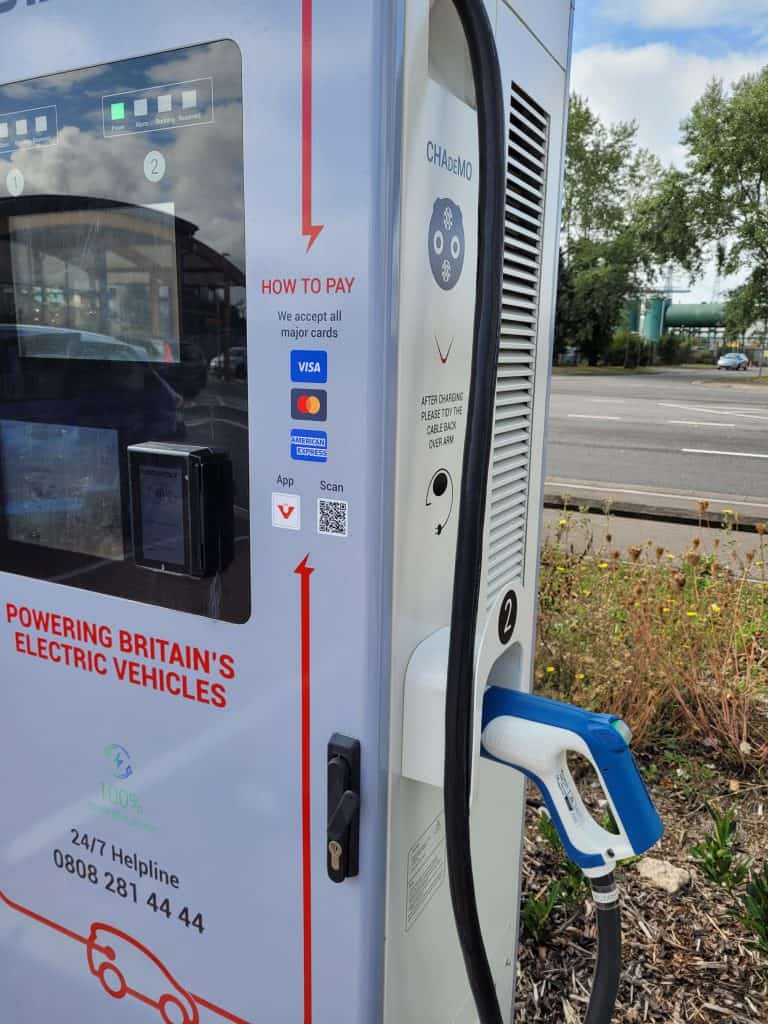
Let’s first be totally clear on what we’re talking about here. What is CHAdeMO? It’s basically a DC charging standard connector used for electric vehicles, and is most closely associated with Japanese brand Nissan. While its association with car brands is how most people know it, CHAdeMO is actually a separate company that still operates independently.
Back in the years between 2012 and 2018 when the only electric car you’d likely see on the road was either a Nissan Leaf or a Tesla, the need for CHAdeMO charging points was obvious. People would make use of their own charging solutions at home, of course, but every time they went out on the road, they’d need a DC solution, and CHAdeMO was it.
The trouble now is that most car brands are using a common DC standard, namely the Combined Charging System, or CCS. Even Nissan’s newest electric offering, the Nissan Ariya, is making use of a CCS connector.
So what’s now to become of people who are running a CHAdeMO charger? Are they just to be left behind? Is there anything they can do? There are some who may have spent large amounts of money buying a brand-new Nissan Leaf who are now regretting that decision because of problems with the CHAdeMO connector.
Can You Convert Nissan Leaf from CHAdeMO to CCS?
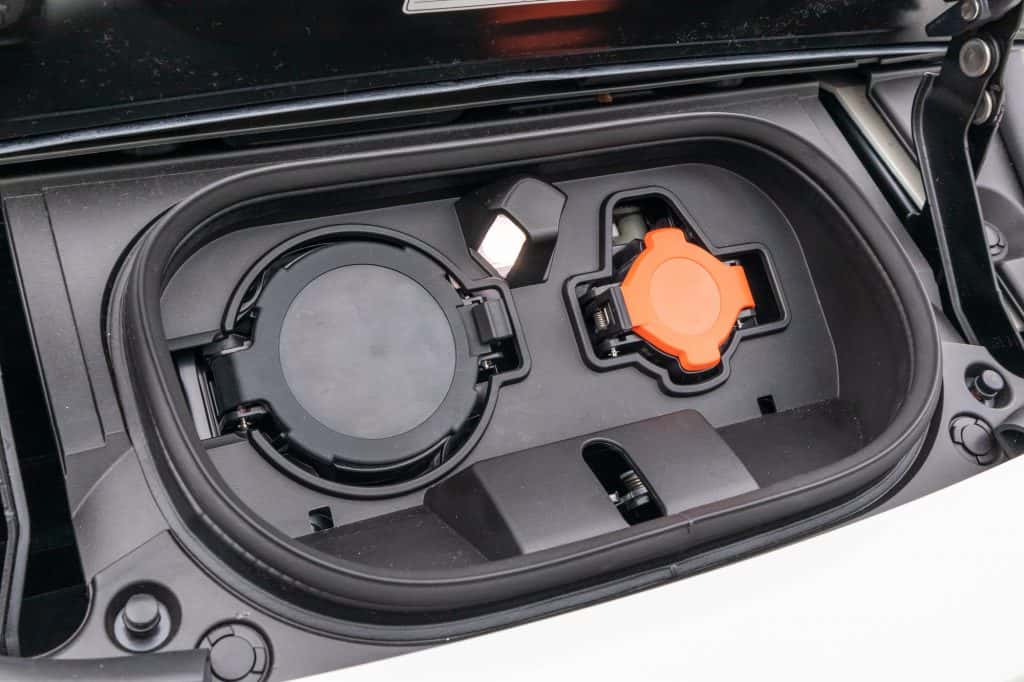
The most obvious solution to the issue seems to be to perform some kind of conversion that will allow CHAdeMO users to simply switch over to CCS. Alas, such a solution is far easier said than done.
The unfortunate reality is that at the time of writing, there is no simple Nissan Leaf “CHAdeMo to CCS” conversion solution, nor is there a working adaptor that can allow those with the CHAdeMO interface to use others.
That’s no to say there is no solution at all to this issue. One company based in Europe called Muxsan is offering a “CCS Fast Charging Upgrade” service to customers at a rate of €2,990 ($2,978), that installs a CCS charger option, keeping the CHAdeMO as a reserve option. One of the key reasons behind the technical difficulties in making the switch comes in the fundamental incompatibility of CCS and CHAdeMO.
The two technologies use completely different handshaking protocols, as well as physical locking mechanisms. For instance, when using the CHAdeMO interface, the physical lock that keeps the charger in place is on the charger side, whereas CCS does it differently.
The only way to overcome this fundamental problem in communication is for there to be a small computer installed between the CCS and CHAdeMO units to translate the signals and allow a proper handshake to take place.
Could a DIY Modification Be Done?
At this point, the more technically minded among you might be thinking that this sounds like a task that you could take on yourself. We believe that this is one of those tasks that while technically possible, is not necessarily a good idea to pursue unless you have considerable experience performing this kind of modification.
This is especially true since it pertains to the electrical system of the car, which invariably is the most complex, difficult to deal with, and potentially fraught with danger.
Some users have talked about the possibility of adding the above-mentioned computer themselves to try and save on costs and achieve the same kind of conversion. However, even when done in a DIY way, most estimates place the cost at well north of $1,000, including about $700 for the kind of on-board computer that you might need.
Muxsan are powering their solution using the car’s built-in 12-volt system, meaning that a working knowledge of how to integrate the new computer into that system would be essential, too, which adds another level of complexity to the task.
Does Nissan Offer This Kind of Conversion Service?
The sad reality of the situation right now is that Nissan doesn’t offer any official channel for people to go down in this regard, offering no kind of conversion service. This means that right now, Nissan Leaf owners have to rely solely on those services provided by third parties, which in itself is not necessarily a problem, but it could create problems on the powertrain warranty further down the road if the warranty is still active.
If a third-party job to install a new charging port goes wrong and it causes damage to the powertrain, there’s no chance that the standard warranty would cover the cost of the repairs since it wouldn’t be considered a failure on the part of Nissan or its parts.
I Recently Bought a Nissan Leaf with CHAdeMO – Have I Made a Terrible Mistake?
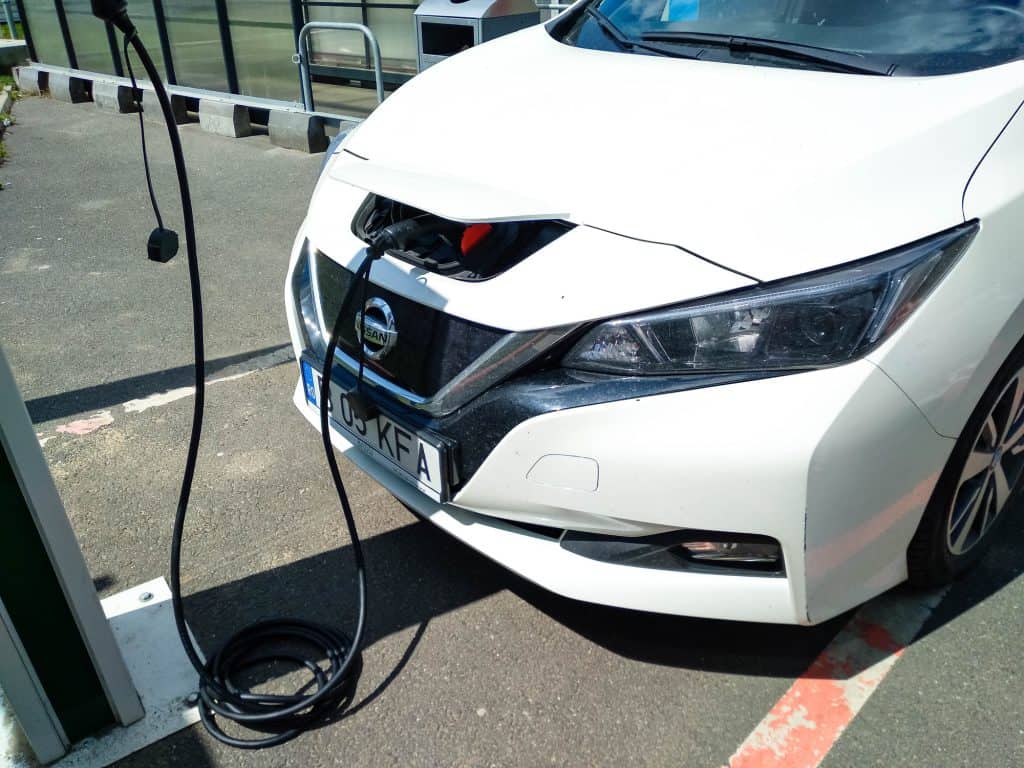
First of all, no, you haven’t. The Nissan Leaf remains a fantastic electric car for many more reasons other than its charging capabilities. It has a decent range of up to 226 miles, and remains a reliable, steadfast, and attractive electric vehicle choice. As for the CHAdeMO problem, it is most likely going to impact those who live in small towns and rural areas the most.
If you drive a Nissan Leaf and commute within a large city or urban area, then chances are that you will continue to have plentiful CHAdeMO charging options for your Leaf in your area. Many drivers will also have the option of charging at home, of course, with their regular AC connection, because CHAdeMO is a DC configuration.
The bad news is that there will be a proportion, however small, of Nissan Leaf drivers who might find their DC charging options more limited, and increasingly so as the CHAdeMO technology starts to be phased out. Read on to the next section to get our best tips on what to do if you feel you might be one of the few who is adversely affected by the lack of charging options or conversion options.
Tips for CHAdeMO Users Affected by the Phase Out
Ask Reputable Mechanics About the Conversion
If you are adamant about looking into the installation of a CCS unit, then you might ask some of your local reputable auto shops about the possibility. Try to find those that specialize more either in Nissan Leaf repairs, or in electric car work in general. They will have a better working knowledge and understanding of both the components and related systems.
If you can’t have full confidence in a third-party mechanic to get the job done, then it’s not worth doing. Be very careful about making modifications to the car that could impact the functionality of other areas should it go wrong or be done poorly.
Map Out All Your Nearby CHAdeMO Locations
If conversion is too big or too expensive a step for you, then the best thing you can do is take time to map out and familiarize yourself with all the local charging stations in your area that have a CHAdeMO connector.
Take note of how far away they are and how much power you would need in your car to get there either from home or work. Keep your information up to date to ensure that you don’t waste power going to a station that has since removed its CHAdeMO offering.
Research More Distant CHAdeMO Locations
If you’re planning a longer journey, you’ll need to be totally sure that there are enough CHAdeMO connector locations along the way. If you’re on a schedule, you might have to factor in additional time for charging since you might have to queue for the use of a CHAdeMO connector if there are too few available and more people are all waiting to use it.
Invest in a Home Charger or Workplace Charger
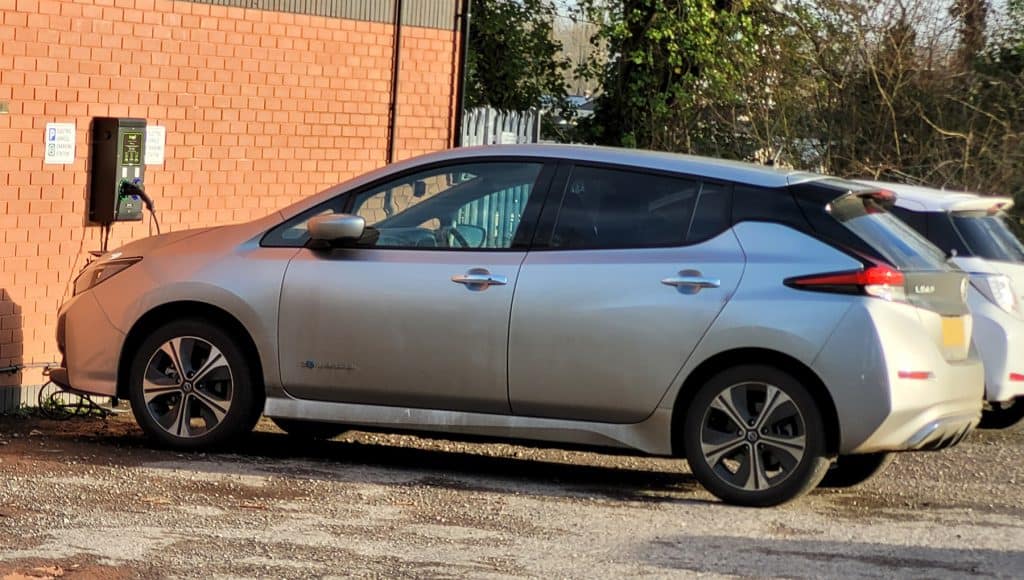
If your home has the space and capability of hosting a level-2 home charging wallbox or similar solution, then we suggest you get one. It’s not for the CHAdeMO benefits, but rather so that you can always keep your car charged without relying on the presence of CHAdeMO connectors in your local area. What’s more, charging on an AC system at home is better for the battery in the longer term.
For some, the prospect of installing a home-based charging system is out of the question. However, it might be worth looking into the possibility of getting a solution installed at your place of business.
If you are a business owner, consider installing some charge points in your parking lot if possible. If you’re not an owner, then make a reasoned proposal to your company management that a charging point to allow EV charging at work would be a prudent investment.
Consider Selling Your Nissan Leaf as a City Car
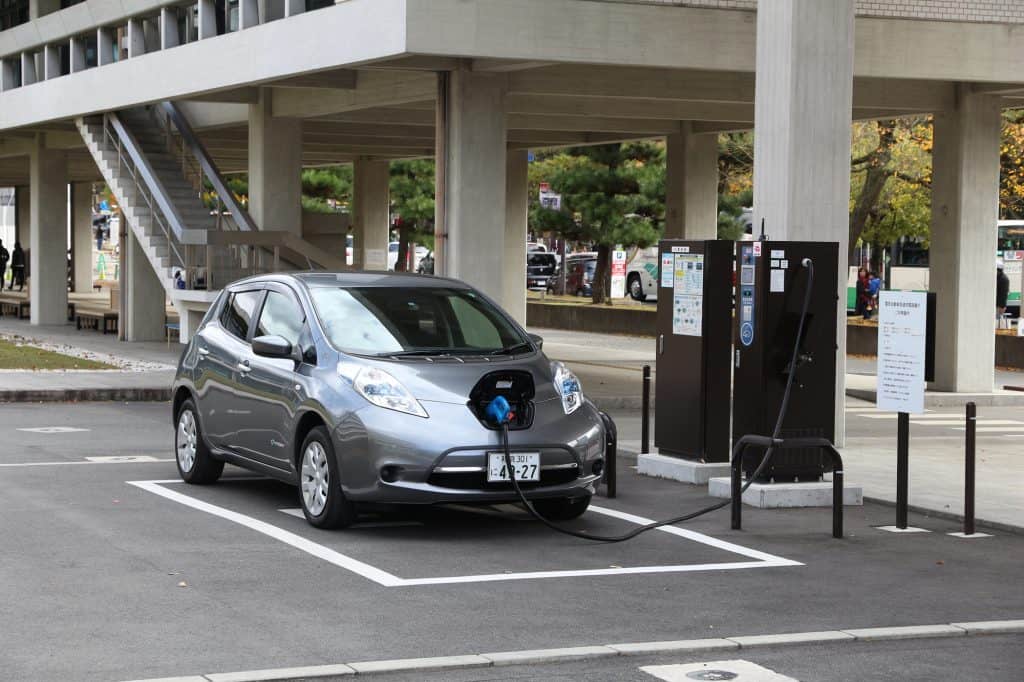
Finally, if you really feel that no solution really works for your situation, then one last-ditch option might be to simply sell your old Nissan Leaf in favor of a different model. You might be thinking — with the CHAdeMO situation, who would want it? — but in fact you needn’t worry about this.
When selling your car, target city dwellers as buyers, since they are more likely to have plenty of CHAdeMO connectors, and the Nissan Leaf is known as a great city-friendly car.
Another good buyer would be someone who drives their EV locally and has their own charging solution either at home or at work. They would be willing to pick up a great EV for a good price. You might lose some money in the process of selling your Leaf and buying a new car, but if it means never having to worry about local charging points being around when you need them, then we say it might just be a prudent investment all the same.
To conclude, we would advise those considering making the switch to EVs to think carefully before taking one with a CHAdeMO configuration. This setup is no longer futureproof.
If you have reason to believe you won’t need to worry about it for the next 5-10 years, then by all means, but for many future buyers this won’t be the case. We recommend instead looking into either the Nissan Ariya as an alternative Nissan with CCS, or an alternative brand.
3 comments
This might be different where you live, but in the country i live in, any new DC charger will be CCS only, and the ChaDeMo chargers available, are beginning to show their age.
I have seen more than a few old chargers, being replaced by new, more powerful DC chargers, and these are also CCS only.
To be honest, i dont think i have seen any new ChaDemo Chargers being installed atleast the last couple of years, so as older chargers goes bad, and needs replacing or owners decide they need chargers with more power, the ChaDeMo network will only decrease.
In my country the cheapest electric cars, those that have a really long sell time, even in this market, are Nissan Leaf and Renault Zoe.
The Leaf, because of the “wrong” DC chargeport, and the Zoe because of the poor safety rating.
I have a 2021 Leaf so your CCS article is very informative. You write that the AC of a home charger is better for the battery in the long run than DC. Can I assume then that plugging into a standard outlet is OK as well?
I use a free j1772 at a local park but will have to charge at home occasionally over the winter. Thanks
Is there any organized effort to put pressure on Nissan to come up with a fix? I don’t know how many Leaf owners there are that have this issue. I purchased a 2022 Leaf in December 2021 and did not find out about the problem and that Nissan decided to give up on Chademo as early as mid-2020. Any buyer after that decision was made should have been informed, and I was not so informed.